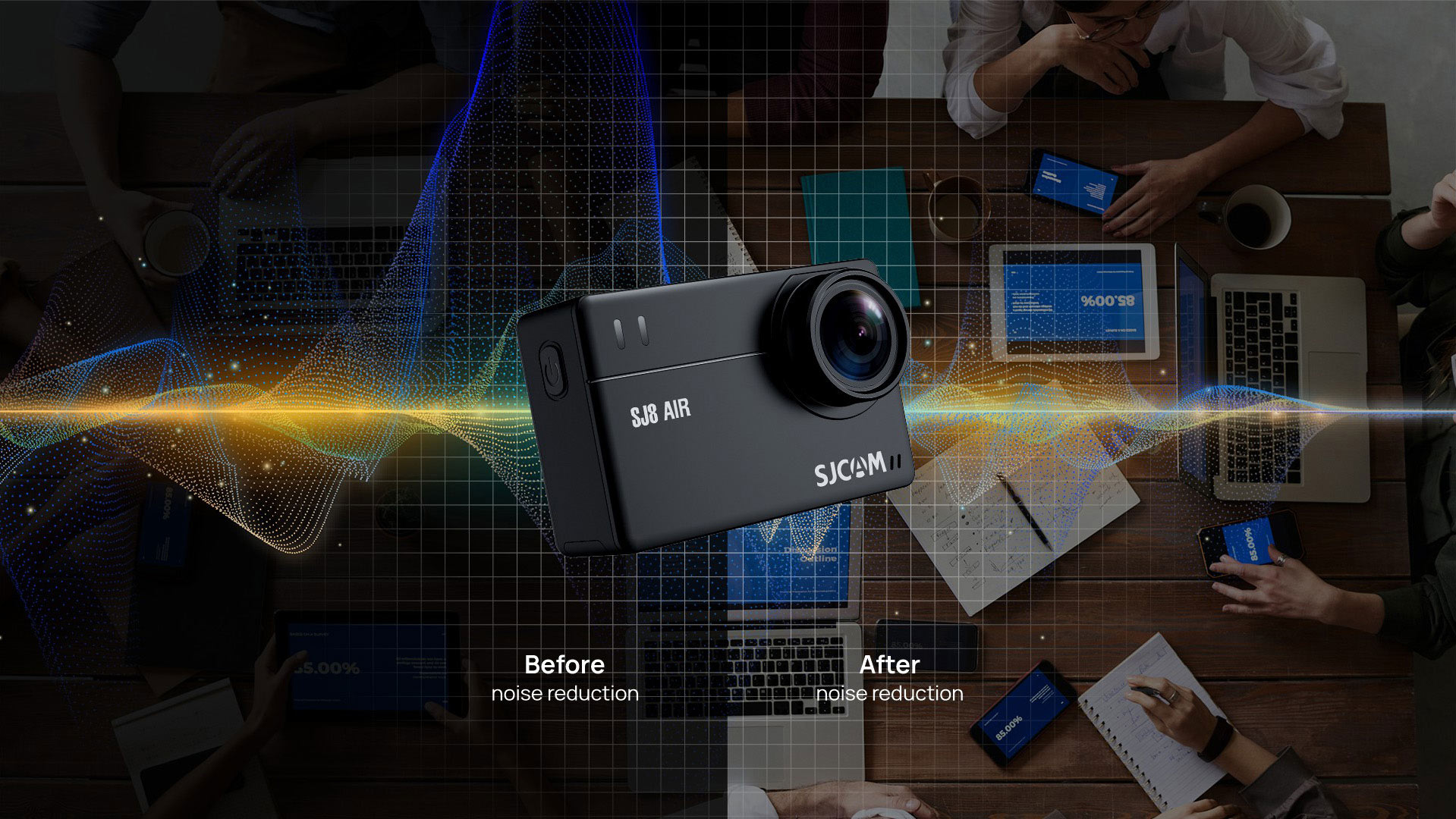Trail cameras have become invaluable tools for wildlife enthusiasts, hunters, and security purposes. A key feature that makes these cameras so effective is their ability to detect motion and capture images or videos when triggered. In this article, we will explore the mechanics behind how trail cameras detect motion and the different technologies used for this purpose.
- Passive Infrared (PIR) Sensors:
- Most trail cameras employ Passive Infrared (PIR) sensors to detect motion. PIR sensors detect changes in infrared radiation emitted by warm objects, including animals or humans, within their field of view. When an object moves across the camera’s detection zone, it triggers the PIR sensor, prompting the camera to capture images or start recording.
Considerations:
a. Detection Range and Angle: PIR sensors have a specified detection range and angle. Understanding the camera’s field of view and adjusting its placement is essential to maximize the chances of capturing desired subjects.
b. Sensitivity Settings: Trail cameras often feature adjustable sensitivity settings for the PIR sensor. By modifying the sensitivity level, users can fine-tune the camera’s response to different sizes and speeds of motion, reducing false triggers caused by smaller objects or vegetation movement.
- Detection Zones:
- Trail cameras have predefined detection zones within their field of view. These zones determine the specific areas in which motion is detected. The configuration of detection zones varies between camera models. Some cameras may allow users to customize the zones, while others have fixed zones. Understanding the detection zones is crucial for accurate placement and capturing desired subjects.
Considerations:
a. Coverage and Overlap: Assess the camera’s detection zones to ensure that they cover the desired areas of interest. Consider the distance and placement of the camera to achieve optimal coverage. Overlapping detection zones can be advantageous, increasing the chances of capturing motion from different angles.
b. Avoiding Obstructions: Avoid potential obstructions within the detection zones, such as branches, leaves, or tall grass. These obstructions may trigger false alarms or obstruct the view, resulting in missed captures. Clearing the area or adjusting the camera’s angle can help mitigate such issues.
- Trigger Speed:
- Trail cameras are designed to have fast trigger speeds, determining how quickly the camera responds to detected motion. Trigger speeds are typically measured in fractions of a second, with faster trigger speeds being more desirable. A faster trigger speed ensures the camera captures the subject in motion without significant delay, resulting in more precise and more accurate images or videos.
Considerations:
a. Camera Specifications: When selecting a trail camera, consider the advertised trigger speed and compare it with other models. Keep in mind that trigger speed may vary depending on factors such as camera settings, temperature, and battery life.
b. Recovery Time: Recovery time refers to the interval between consecutive triggers. A shorter recovery time allows the camera to quickly capture multiple images or videos, ensuring a more comprehensive record of the subject’s movement.
- Advanced Technologies:
- Some trail cameras incorporate advanced technologies to enhance motion detection and reduce false triggers. These technologies include:
a. Image Recognition: Certain cameras employ image recognition algorithms to differentiate between desired subjects, such as animals, and unwanted triggers caused by non-target objects or vegetation movement. By analyzing the captured images, the camera can determine if the detected motion is from a relevant subject and trigger the capture accordingly.
b. Time-Lapse and Hybrid Mode: Time-lapse mode captures images at regular intervals, regardless of detected motion. Hybrid mode combines time-lapse and motion detection, capturing scheduled and triggered images. These modes can help capture subjects that may not always trigger the motion sensor.
Conclusion:
Trail cameras employ various technologies to detect motion and capture images or videos. Passive Infrared (PIR) sensors commonly detect changes in infrared radiation emitted by warm objects. Understanding the camera’s detection zones, sensitivity settings, trigger speed, and recovery time is vital for optimal placement and capturing desired subjects. Advanced technologies, such as image recognition and hybrid modes, further enhance motion detection capabilities. By comprehending the mechanics behind motion detection in trail cameras, users can maximize the effectiveness of these devices for wildlife monitoring, hunting, or security purposes.

